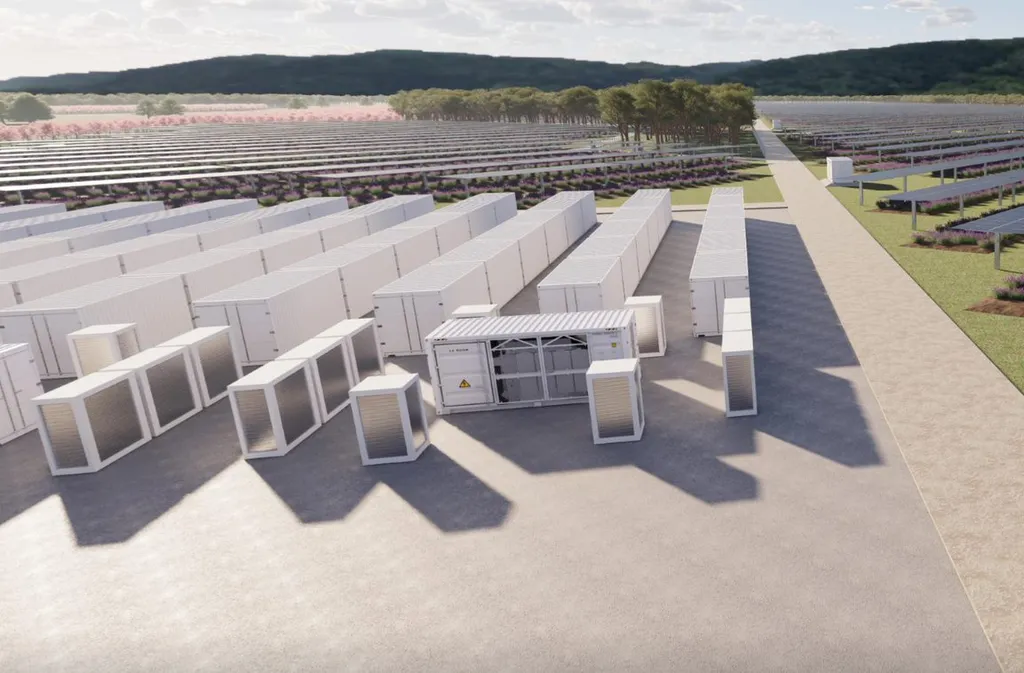Researchers from the University of L’Aquila in Italy have developed a new optimization model that could significantly improve the provision of virtual energy storage services using electric vehicles (EVs). The team, led by Georgios Pantazis and including Nicola Mignoni, Raffaele Carli, Mariagrazia Dotoli, and Sergio Grammatico, has proposed a method that addresses the uncertainties inherent in using parked EVs as a flexible energy resource. Their work was recently published in the journal “Automatica.”
The researchers focus on the role of a parking lot manager (PLM) who can aggregate the batteries of parked EVs to provide virtual energy storage services. This concept is particularly valuable for the energy sector as it allows for the flexible management of energy supply and demand, integrating intermittent renewable energy sources and enhancing grid stability. However, the challenge lies in the uncertainties surrounding EV departures and the state-of-charge of the batteries.
To tackle this, the team has developed an optimization model that is robust under these uncertainties. Their approach is data-driven and convex, meaning it is computationally efficient and can handle large-scale problems. The model involves a prosumer community—entities that both produce and consume energy—agreeing on a contract with the PLM for the provision of storage services over a finite horizon.
One of the key innovations of this research is the use of the scenario approach, a method that provides out-of-sample constraint safety. This means that the model’s performance is guaranteed even when faced with new, unseen data. The researchers also enable a tunable profit-risk trade-off through scenario relaxation, allowing the PLM to balance between maximizing profits and minimizing risks.
Furthermore, the model is extended to account for robustness to adversarial perturbations and distributional shifts over Wasserstein-based ambiguity sets. Adversarial perturbations refer to deliberate attempts to disrupt the system, while distributional shifts refer to changes in the statistical properties of the data. The use of Wasserstein-based ambiguity sets allows the model to account for these uncertainties in a rigorous and flexible manner.
The researchers have also provided tight finite-sample certificates, which are theoretical guarantees that the model will perform as expected even with a limited amount of data. This is particularly important for practical applications, as it ensures that the model can be deployed in real-world scenarios with confidence.
Numerical studies have demonstrated the effectiveness of the proposed model, showing that it can satisfy out-of-sample and out-of-distribution constraints as per the developed theoretical guarantees. This suggests that the model has significant potential for robust and efficient virtual energy services.
In practical terms, this research could lead to more efficient and reliable use of EV batteries for grid services. By aggregating the storage capacity of parked EVs, parking lot managers can provide valuable services to the grid, such as frequency regulation and peak shaving. This can help integrate more renewable energy sources into the grid and improve overall grid stability. Moreover, the ability to handle adversarial perturbations and distributional shifts makes the model particularly robust in real-world scenarios.
The research was published in the journal “Automatica,” a leading publication in the field of control engineering and applied mathematics. This work represents a significant step forward in the development of virtual energy storage systems and highlights the potential of using EVs as a flexible resource for the energy sector.
This article is based on research available at arXiv.

